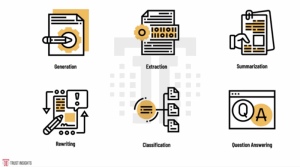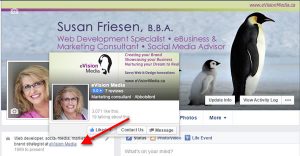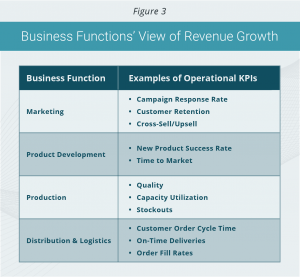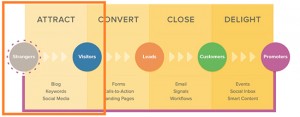Smart marketers take a strategic approach to demand generation. Sales may be about getting your leads to choose you over your competition, but demand generation can reposition your product or service to be the only solution to their problem, eliminating the competition pretty quickly. If your goal is to increase pipeline and revenue, focus on your demand generation and sales will follow.
Content Marketing
Your content should build an emotional connection with your buyers. Deliver high-quality content that provides specific guidance and solutions about your buyer’s problems, and you’ll set yourself apart from your competition.
Great content should be infused throughout the entire sales process and used at every marketing touch point. It will establish you as a thought leader and help customers know what to expect from your company. When they understand clearly what your product or service promises to deliver, customers become confident and more likely to convert into buyers.
Your content should be spread across every demand generation channel you have including your website, blog, assets and social-media profiles, it’s time to share your message with your “targeted” world.
Email Marketing
Crazy as it sounds, email marketing continues to be one of the most effective digital marketing tactics. It gives you a direct link to your buyers, and permission to continue to communicate with them to build a relationship over time.
You can create customized email campaigns with special offers and unique content targeted to a specific role or industry, and pertinent information that gets your message in front of potential business customers. Email marketing campaigns have the power to generate leads by directing readers from that email to your site or blog to learn more about your products and services.
Additionally, email marketing campaigns can be created and then scheduled to be automatically released at certain intervals throughout a period of time (once a month for a year for example).
Retargeting
This is one of my personal faves! Use. Ad. Retargeting. This cannot be emphasized enough. Did you know that over 90% of people come to your website and don’t tell you who they are (meaning they don’t complete a form)? Retargeting centers around this specific problem. With retargeting, your message appears on social media, newsfeeds and in search engine results when a buyer has shown interest in your company in the past. You can target this group with specific products or messages. These ads can be strategically placed to boost your visibility during times of day when traffic is high. The ads appear at the right time and under the right circumstances to nurture and build brand loyalty with your buyers.
Remember that watch you’ve been eyeing on the Nordstrom website. Ever wonder how it keeps showing up in ads once you leave their site? B2C companies have mastered the art of retargeting and B2B companies are taking note and incorporating this very powerful tactic into their demand generation strategy.
You’ve paid a lot of money to bring people to your website. It’s important you try and keep that conversation going by delivering to them relevant information after they leave your site to get them to convert.
Marketing Automation
Marketing automation can streamline and automate your marketing efforts throughout the entire buying lifecycle. You can effectively manage your message to ensure that you remain on the mind of your current or potential buyers. Marketing automation platforms (MAPs) also allow you to set parameters for a planned campaign of social media posts, blog posts, and email marketing.
From buyer personas to content marketing to the buying lifecycle – a MAP is the tool that brings these all together to deliver the right content, to the right people, at the right time.
Personalize Your Message
Make your content relevant. Personalizing and localizing your content means adapting it to the role, industry, local cultural and/or linguistic norms of the buyer. Marketers have recognized the importance of providing buyers with very targeted information and data. If you personalize your website, emails, social media, and blog pages for the areas your company operates, your potential business customers can learn more about what your company does and in the most relevant context possible. This personalized information enhances the buyer’s experience of your message and brand and is a great way to help you gain brand exposure and brand loyalty.
Business & Finance Articles on Business 2 Community(82)






